
BY PATRICIA NEWMAN
Planet Ocean is about connections.
We’ve all seen the five “oceans” on world maps, but the maps haven’t been telling us the whole truth. The truth is we have only one ocean and it’s the engine of our existence.
Readers travel with ocean explorer Annie Crawley as their guide to three ocean regions – the Coral Triangle near Indonesia; the Salish Sea in the Pacific Northwest; and the Arctic – to witness their unique connections to each other and us. On their journey, readers learn the ocean is less explored than outer space and makes half of the oxygen we breathe. They also learn about climate change, ocean acidification, pollution, and overfishing. In every region, readers meet scientists around the worldworking with new technologies, Indigenous peoples tackling changes to their traditional ways of life, and kids and teens who speak for the sea.
Sharing connections through stories
Humans beings are story-making machines and our stories are important. WIth that idea in mind, Annie and I want to encourage students to share their ocean stories to speak for the sea.
Global change starts with stories from our hearts shared again and again. One voice grows into many voices that eventually make a difference. And every success inspires more success.
Planet Ocean, page 51
One of the ways to share our storiers is by examining our connections to the sea and spreading awareness. In order to understand these connections, we must make them personal.
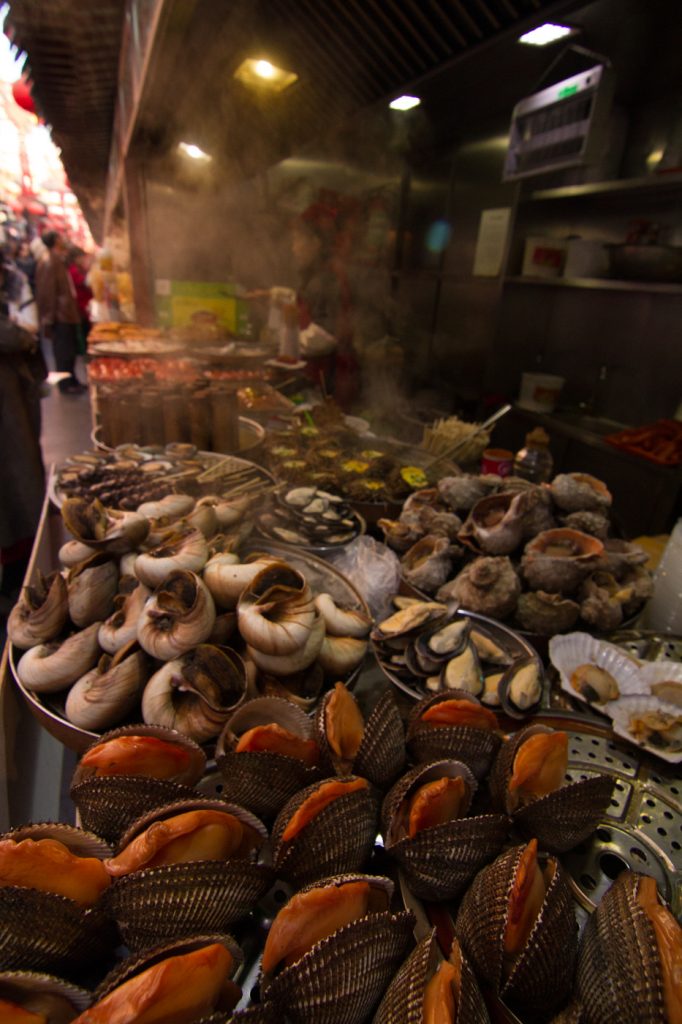
Ocean connections: Our food
Let’s begin with our food. For the following activities, students will need:
- copy of Planet Ocean
- a science/writing notebook
Activity A: Fish connections
Planet Ocean introduces readers to a number of types of fish and fishing techniques. Choose one fish or mammal, such as salmon, oysters, sharks, clams, mussels, tuna, turtles, or whales. Research how these animals are fished/hunted.
Answer the following questions:
- Who is doing the hunting — individuals or corporations?
- List the types of equipment used.
- Explain the types of fishing techniques used. Are these techniques sustainable?
Ask students to share information about their fish species, either in an infographic, a poster or a video.
- What are our connections to this species?
- Why is the species threatened and how?
- What can we do to help?
Duke’s Chowder House is a restaurant in Seattle near Annie’s house that only serves sustainably caught seafood. Ask students to find out if there is a similar restaurant in your area that educates patrons about sustainable seafood. What kinds of questions might students ask before ordering seafood in a restaurant?
Activity B: Engineering design challenge
On pages 40 and 41 of Planet Ocean, readers learn about giant fishing trawlers that “measure more than 78 feet (24 m) long and drag nets along the ocean floor that are big enough to scoop up twelve jumbo jet airplanes at once.” As a class, construct a scale model of a 78′ trawler with nets of string to visualize the effect on the sea floor.
Make a short video and share it with other students in your school to increase awareneess about overfishing and sustainability.
Activity C: Eating sustainably
Watch the following video produced by the California Academy of Sciences:
Ask students to create eco-friendly menus for breakfast, lunch, and dinner and record the ingredients for each meal in their notebooks. Ensure that each item is sustainably sourced and/or organic. Then ask students to cook something from their menus for their families.
Ask students to tell the story of each dish they are eating — where the ingredients came from and why they were chosen.
Explore further connections to our ocean
The Planet Ocean curriculum guide includes more activities that link STEM with multiple areas of the curriculum. The guide is aligned with the CCSS, the NGSS, the Ocean Literacy Standards, and the U.N.’s Sustainable Development Goals.
Featured image credit: Annie Crawley #PlanetOceanBook
Patricia Newman’s books show young readers how their actions can ripple around the world. Using social and environmental injustice as inspiration, she empowers young readers to seek connections to the real world and to use their imaginations to act on behalf of their communities. A Robert F. Sibert Honor recipient, Patricia’s books have received starred reviews, ALA Notable recognition, Green Earth Book Awards, an Outstanding Science Trade Book Award, a Parents’ Choice Award; been honored as Junior Library Guild selections; and been included on Bank Street College’s Best Books lists. One Texas librarian recently wrote, “Patricia is one of THE BEST nonfiction authors writing for our students in today’s market, and one of our MUST HAVE AUTHORS for every collection.”
Patricia frequently speaks at schools and conferences to share how children of any age can affect change. Educators describe her presentations as “phenomenal,” “fantastic,” “mesmerizing,” “passionate,” and “inspirational.”
Connect with Patricia in one of the following ways:


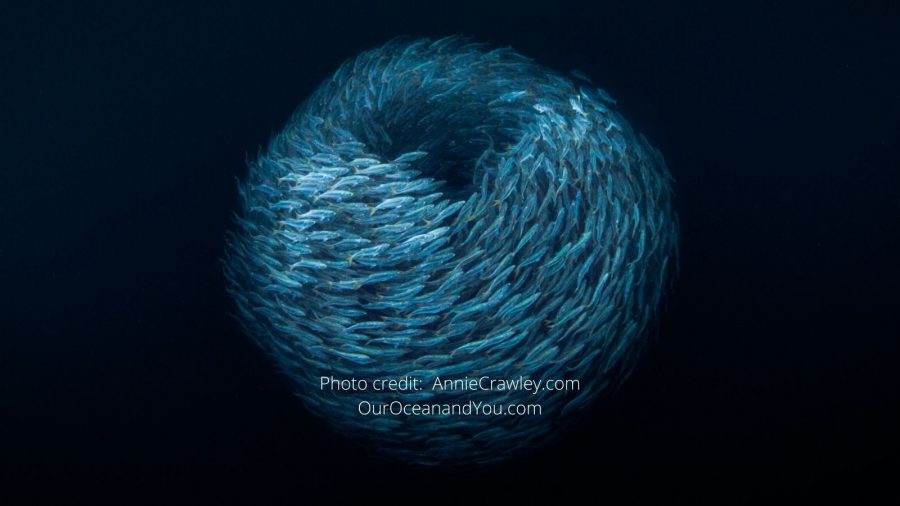
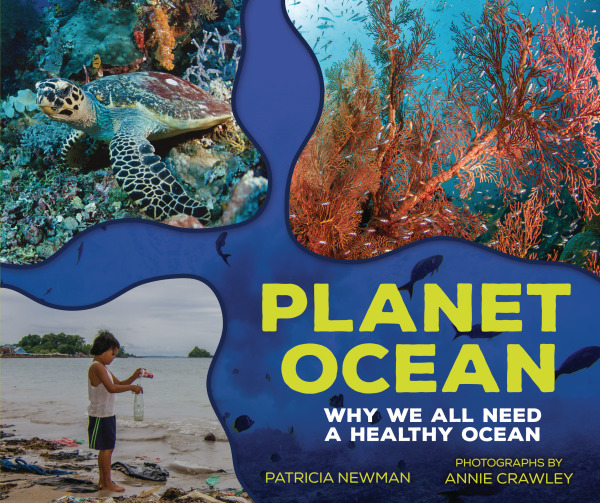
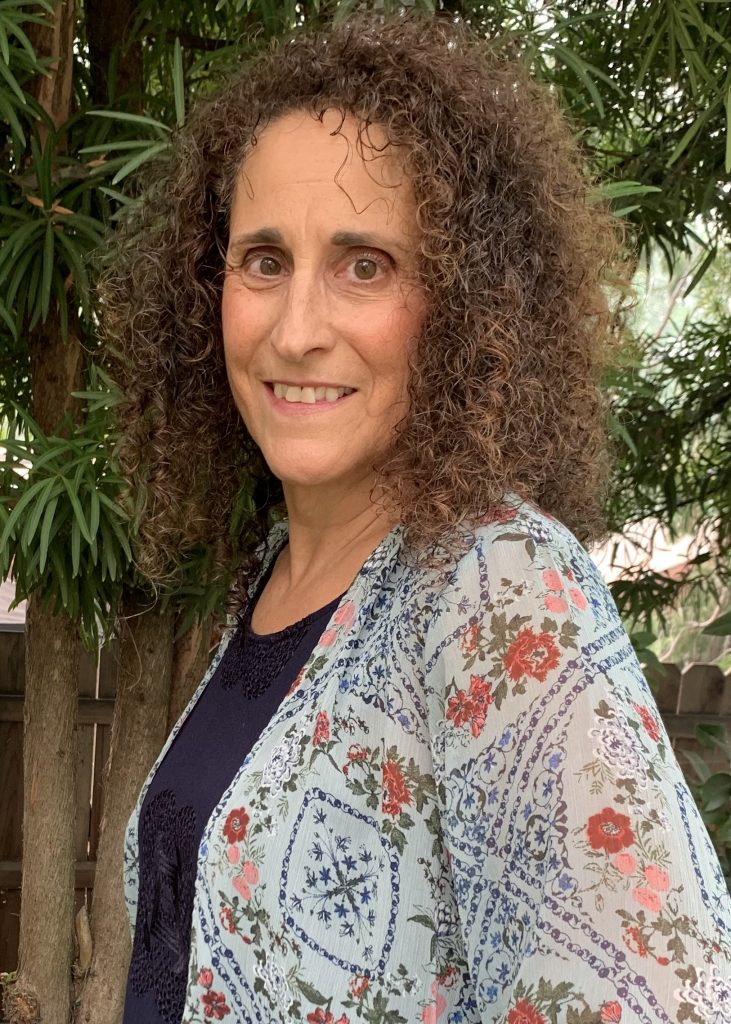
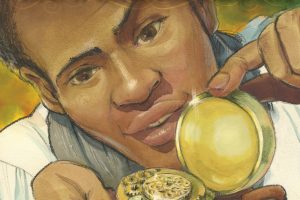
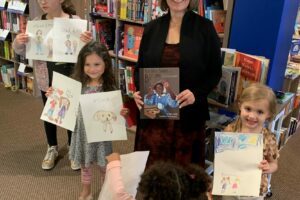
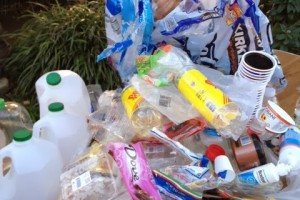


Leave a Reply
Your email is safe with me.